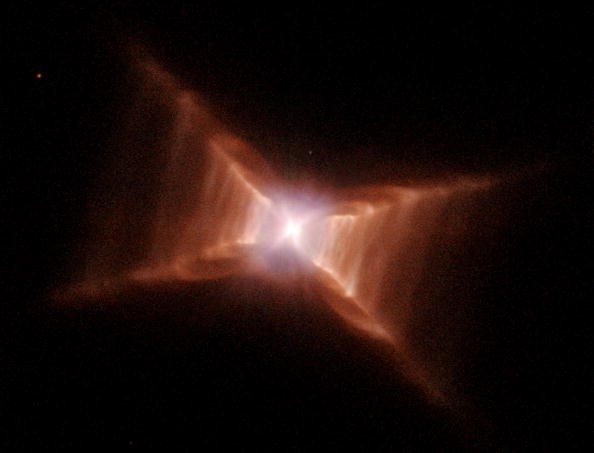NASA James Webb Space Telescope is considered the largest and most powerful of its kind. Thanks to its advanced features and other components, this new technology could offer better images compared to Hubble, Spitzer, and other space telescopes.

One of the astrophysicists of the giant space agency, Jane Rigby, said that the innovation could offer more HD photos of various space objects. The space expert added that these captured images would amaze many people while providing essential scientific information to the National Aeronautics and Space Administration.
As of the moment, the giant telescope is scheduled for launch this coming Dec. 18. However, you need to remember that this date could still change depending on the operation efficiency of NASA, as well as the weather's condition on that day.
But, space enthusiasts and other Earth-based experts would definitely wait for its upcoming arrival outside the planet since it would be quite different from other telescopes of various space agencies.
NASA James Webb To Use Near, Mid Infrared Light Feature
According to NPR's latest report, NASA's innovation can capture light rays, especially those traveling more than the universe's entire history. This simply means that it could take photos of the oldest known space objects.

Engineers and technicians assemble the James Webb Space Telescope November 2, 2016 at NASA's Goddard Space Flight Center in Greenbelt, Maryland. The telescope, designed to be a large space-based observatory optimized for infrared wavelengths, will be the successor to the Hubble Space Telescope and the Spitzer Space Telescope. It is scheduled to be launched in October 2018.
Also Read: Health Worker Becomes First Person with Prosthetics to Board First SpaceX Private Flight
However, the giant space agency hasn't confirmed if it can take HD images of Quasars and other bright heavenly bodies.
"Webb will be able to see galaxies as they looked a couple hundred million years after the Big Bang," explained Rigby.
NASA James Webb Space Telescope could achieve this, thanks to its mid-infrared and near-infrared light features, making it better than Hubble and Spitzer space telescopes.
Aside from its advanced infrared capability, it would also use a very large mirror to reflect a massive amount of light, leading to artistic but more reliable photos, as reported by TNW.
In other news, NASA Hubble Space Telescope was able to capture irregular galaxies' footage. On the other hand, ISS released a new viral Aurora lights timelapse video.
What Makes James Webb Space Telescope Different?
The new NASA technology is quite different from Hubble since it can see through dust and other space telescopes, preventing other models from capturing stars and other heavenly bodies' photos.
On the other hand, it is also more powerful compared to Spitzer, another advanced space telescope that produced stunning images before it was permanently taken down back in 2020. People would know more about how the giant James Webb Space Telescope operates once it reaches outer space.
For more news updates about NASA James Webb and other similar innovations, always keep your tabs open here at TechTimes.
Related Article: [LOOK] Amateur Astronomer Captures Rare Moments With Jupiter Using Newtonian Telescope: Why is it Glowing?
This article is owned by TechTimes
Written by: Griffin Davis









